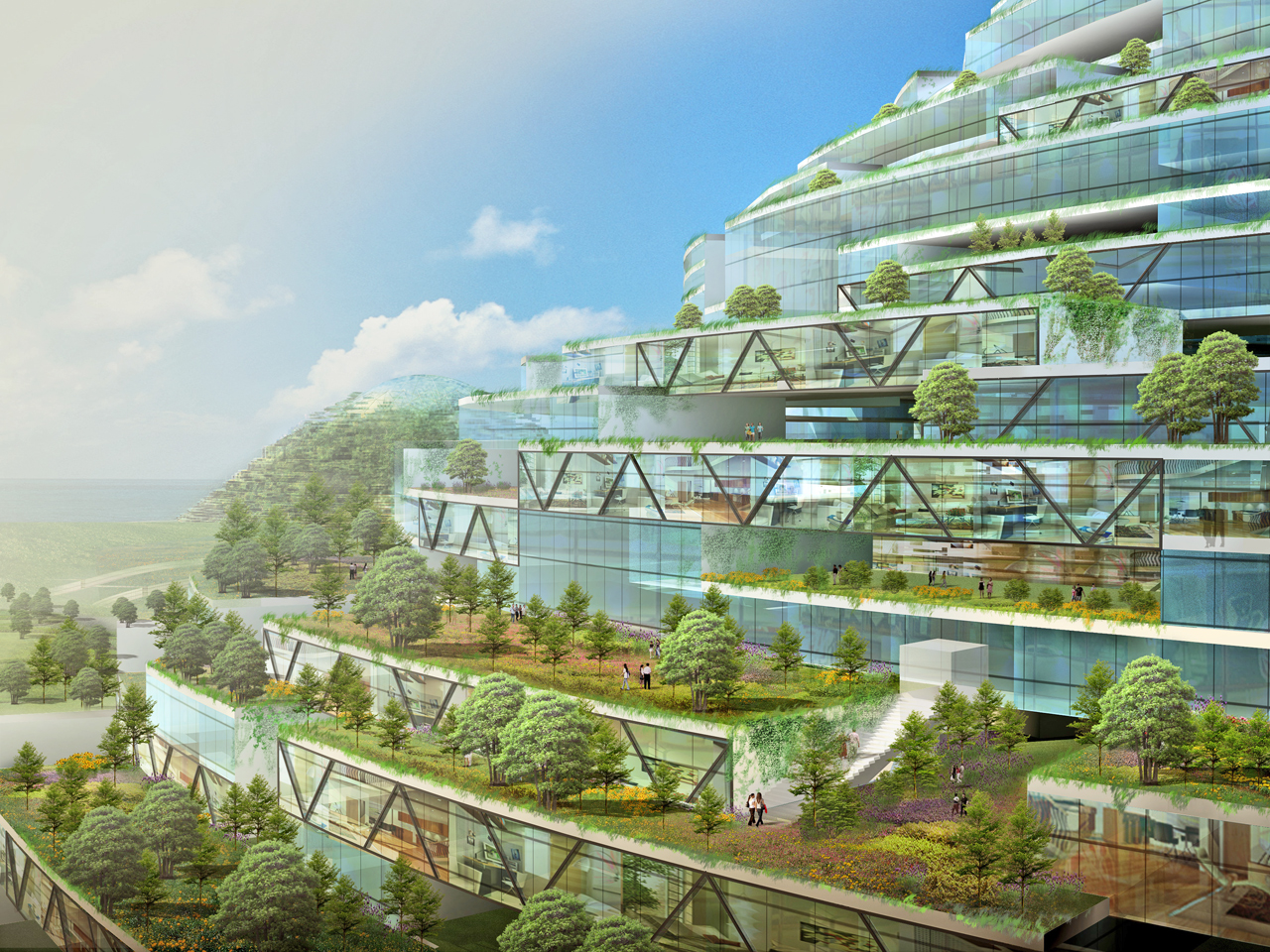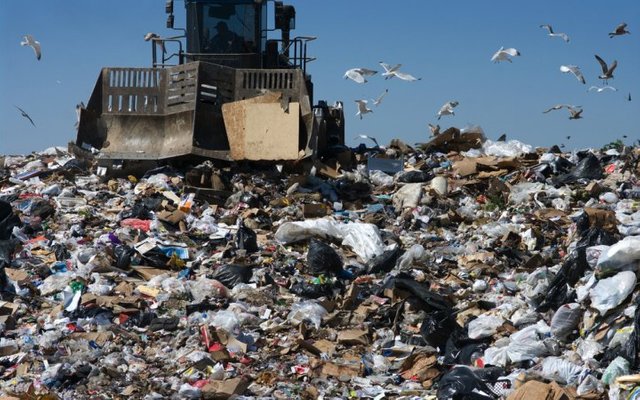Sustainable Cities of the Future
Every year, the population of global cities grows by approximately 65 million. This staggering figure combines the flows of migration, birth, life extension and new development and amounts to an epochal shift that is redefining what it means to be a member of the human species. Ours is the very first century where a given person is more likely than not to live in a dense, anthropogenically-dominated landscape, and at a remove from the sources of food production (whether that means hunting, herding, foraging or farming) and the biodiverse landscapes that yield it.
Nature does not stop at the last exit before the city begins — it is inextricably present in human-created and managed landscapes, and is essential to the well-being of those landscapes’ inhabitants. Cities are the new jungles, dense with resources and different layers of canopy. One of the great challenges of this new millennium is to design and redesign cities to incorporate the wisdom of nature, where there is dedicated space for non-human life to thrive — and to retrofit the many conurbations in which we presently dwell to be more integrative, regenerative, and habitable for creatures of every kind.
Cities are among the most ecologically responsible ways to organize people and resources. The average American city-dweller uses only half of the resources that her country-dwelling sister typically consumes. On one level, the efficiencies are obvious: urbanites live in smaller quarters, commute shorter distances (often by public transportation, which is commonly powered by electricity instead of fossil fuels), and have their food, goods and services concentrated So long as the human population continues in its centuries-long explosion, we will continue to become more and more urban, and our ability to integrate nature into these landscapes will be in a linchpin to our future success.

THE CITY AS A GARDEN
One of the most exciting possibilities of the future of cities is the enmeshing of large-scale food production into their fabric. The vertical farm movement, begun less than a decade ago at Columbia University in New York City, has already grown to a billion-dollar-plus industry, bringing together the latest advances in machine learning, aeroponic gardening, local energy production, waste storage and integration, and healthy, low-input food. At present, they are strictly private ventures and thus limited to producing foods that are almost entirely edible by mass like salad greens and sprouts. Free of the demands of the open market,though, community vertical farms and gardens could provide a wide array of fruits, vegetables, and herbs for their constituents and a significant source of their calories.
THE WASTE LOAD
Meanwhile, perhaps the single biggest hurdle in the creation of truly sustainable urban environments is organic waste disposal and management. Most present-day metropolises are haphazard constructions, growing and transforming over decades atop infrastructure that was never designed to handle as much as is now necessitated. In many cities (in climates where rainfall is common), what this translates to is Combined Sewage Overflow (CSO) — wherein the drainage pipes overflow in the event of a downpour and raw sewage is dumped directly into the drains. This problem is compounded by the aging plumbing in buildings that leads to frequent backups and water contamination.

Cities constructed in the mid-to-late 20th century, like those on the West Coast of Canada and the US, were sometimes designed with the CSO issue in mind, and have a far more capacious sewage treatment system than the agglomerated, messy cities constructed over decades and centuries that are home to the majority. In places like London, New York, Tokyo, Sao Paulo, and Mumbai, the race is on to design add-ons to the existing systems that significantly stem the flow of toxic sewage into waterways, and those efforts are already meeting with some success.
BIOREGIONAL CONSCIOUSNESS
This transformation speaks to one of the more important ways forward for the future of environmentally-adaptive cities—at least as important as the introduction of local food and energy production. That is increasing the recognition of the importance of the bioregion in which the city is situated. A given city is not only the paved, built portion of its environment: its influence extends to the headwaters and outflows of its land, and the health and diversity of those more remote corners of the region must be considered in order to have a healthy sustainable city with improving prospects for the future.
With China’s plan to add 250 million new urban dwellers by 2025, and mass migration to cities new and old on every continent on earth, a different vision of the future city is emerging. A plurality of the food and energy will be produced by renewables. There will be a start-to-finish utilization of former waste flows that turn them into assets (like compost to grow fuel and biomethane to warm homes). And, most importantly, nature will be integrated back into the urban fabric, making room for migratory species, native plants and animals that had been evacuated to make room for towers and highways, and restored forests, meadows, wetlands and coastlines, and making the city more livable, more beautiful, and more resilient in the face of a changing climate. All of these initiatives are underway on a global scale, with governments and major non-profits leading the charge. Perhaps the he future of cities is wilder than you thought.

Sources:
https://www.citylab.com/environment/2017/11/urbanization-is-one-big-evolutionary-experiment/544562/
http://www.cunysustainablecities.org/
https://science.howstuffworks.com/environmental/green-science/5-green-future-cities.htm
Are you part of CUNY's Sustainable Cities project, Sam?